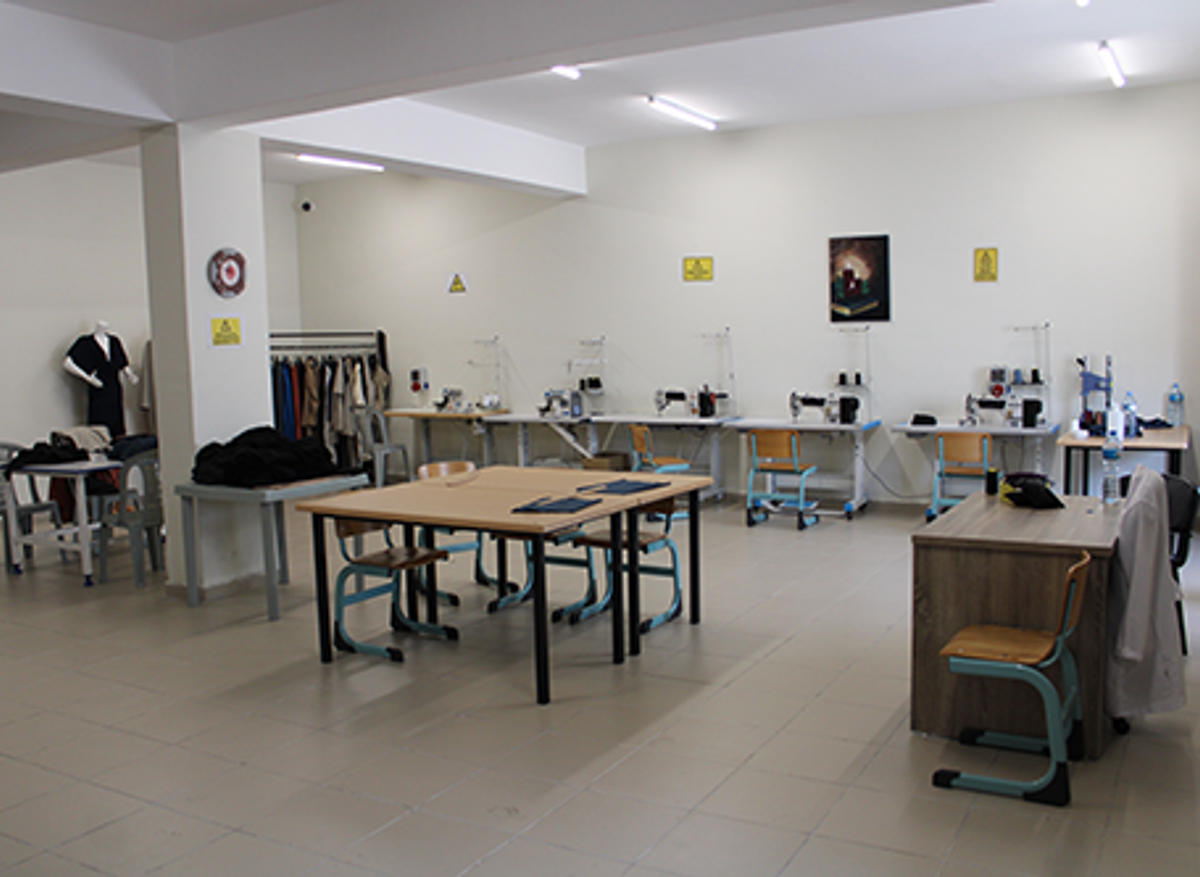- You are here:
- Homepage
- Events
- Past Events
- Annual Conference 2025
- Facility Visits

As part of the ICPA Annual Conference that will take place from 26 to 31 October 2025 in Istanbul, participants will have the exceptional opportunity to visit and observe various correctional facilities across Türkiye on 31 October. These visits are designed to provide insight into the Turkish penitentiary system, its architectural design, security measures, and rehabilitation practices. Five distinct visit groups have been organised, each assigned to a different prison facility. In addition to the main closed or high-security prison, each group will also have the chance to visit an “open prison” where a lighter regime is applied, providing a valuable perspective on alternative detention models.
Marmara Women Closed Prison and Marmara Open Type Prison
The bus will depart at 8:00 AM to visit Marmara Women Closed Prison and Marmara Open Type Prison, returning at 13:30 PM.
Marmara Women Closed Prison became operational in 2021. It is located within the Marmara Prisons Campus in Silivri district, Istanbul province and is approximately 100 kilometres from the conference venue. The institution was established on a surface area of 33.612 m². The accommodation areas consist of 3 blocks: A, B and C. Block B includes 4 sections specifically designed for mothers residing with their children, each section equipped with 2 bunk beds and a capacity of 6 persons, as well as a children’s play area. Block B is also designated as a high-security section and contains a total of 102 single-occupancy rooms. Additionally, each of the 8 units within this block includes a dedicated common activity area. The institution features an indoor multi-purpose sports hall accessible to inmates during specified hours. Productive engagement is supported through two main vocational branches (bag production and textile) with 4 ateliers operated under the workshop unit.
Inmates may receive visitors during weekdays in designated closed visitation areas, with sessions lasting no less than 30 minutes and no more than one hour. Monthly spouse and child visits are held during the first week of each month, while friend visits take place during the last week. Furthermore, a heating system supported by 176 solar panels has been installed in the institution, contributing to sustainable energy use. Within the scope of the ACEP Project, more than 50 multimedia communication (MMC) devices have been installed. These enable inmates to make audio and video calls, carry out canteen shopping, complete online payments, and access various digital services. It will also be possible to visit the Marmara Open Prison during the programme. The open prison, located within the same campus, operates under a lighter regime, which is generally applied in the final stage of sentence execution.
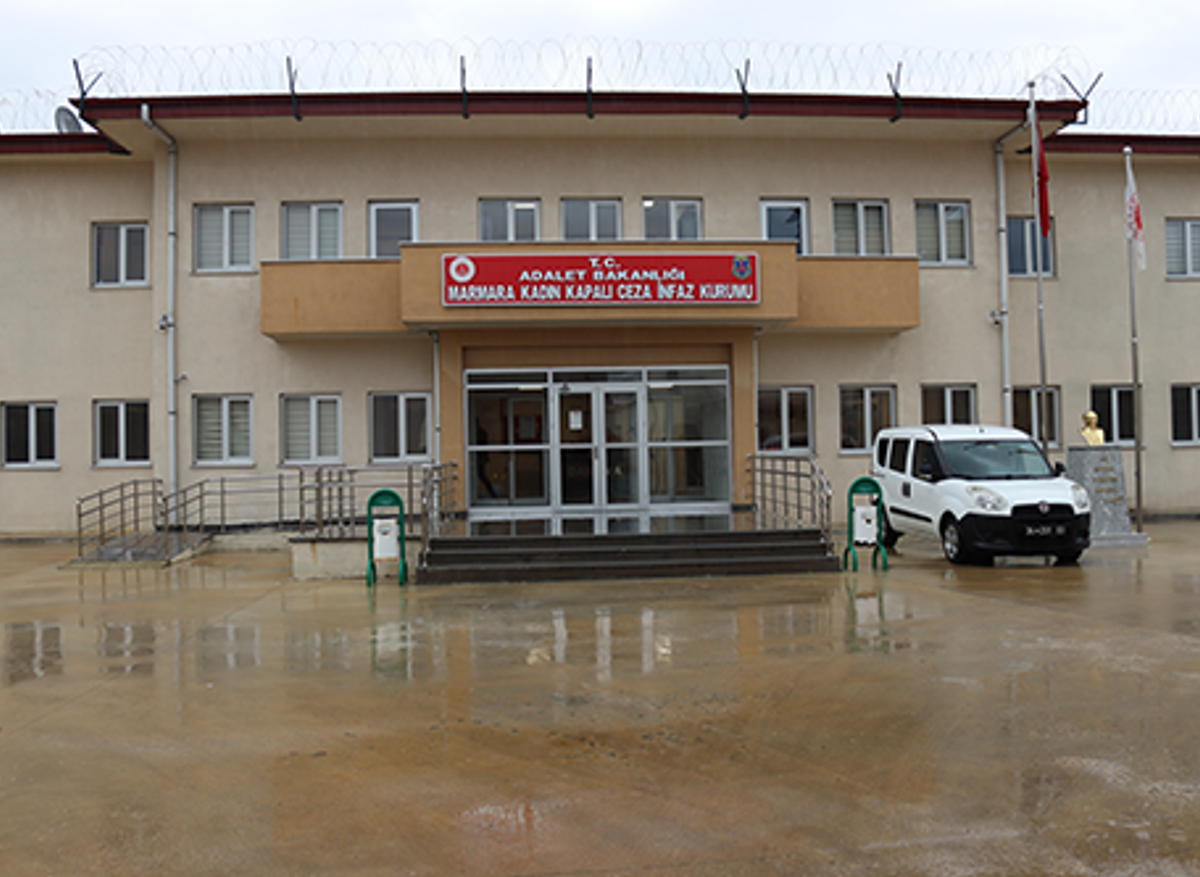
Marmara Women Prison

Marmara Women Prison
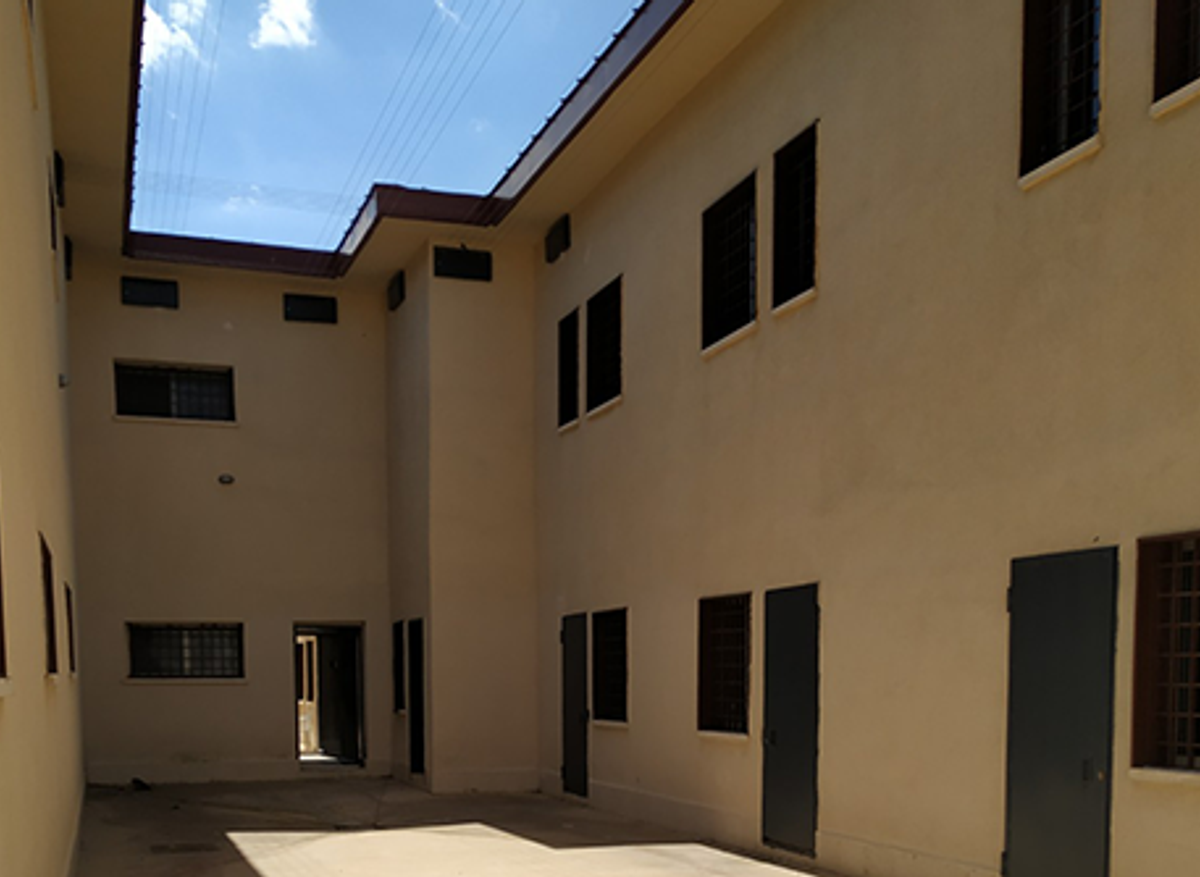
Marmara Women Prison
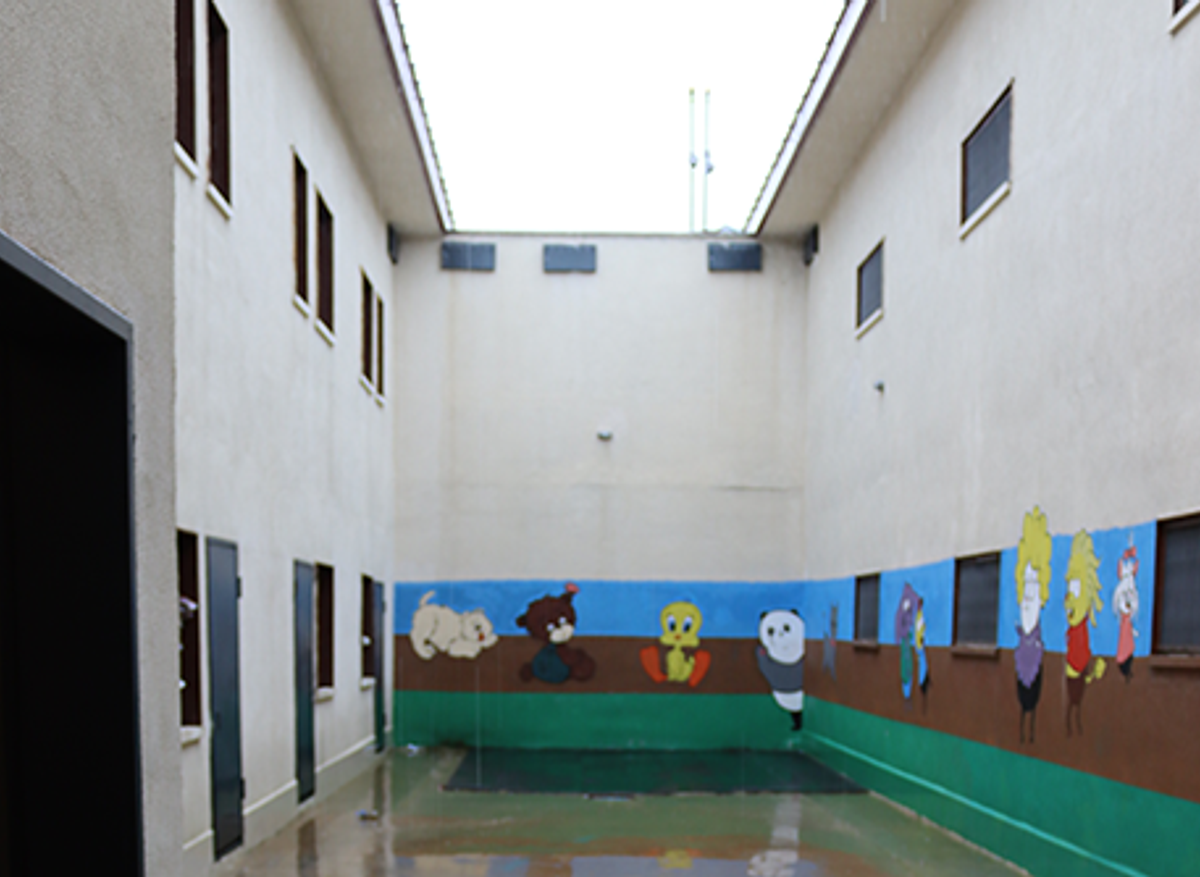
Marmara Women Prison
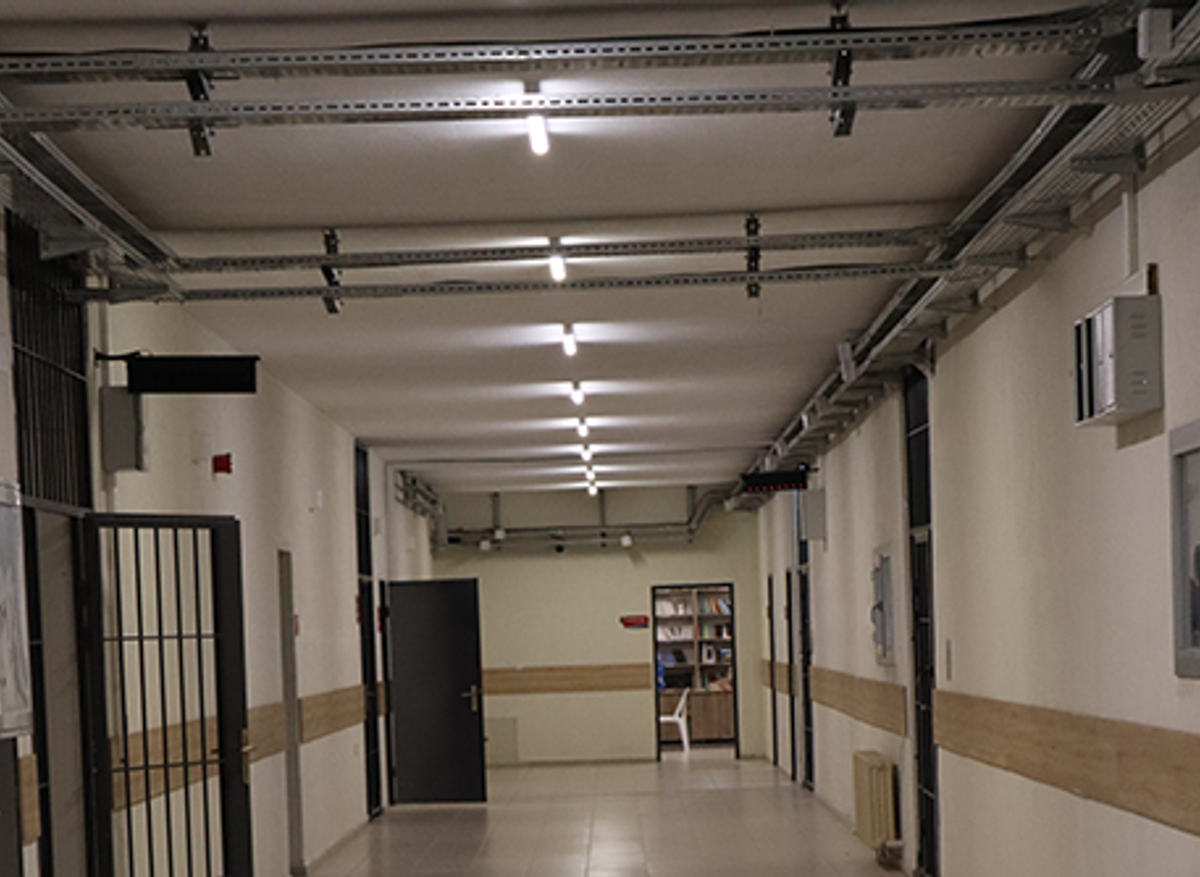
Marmara Women Prison
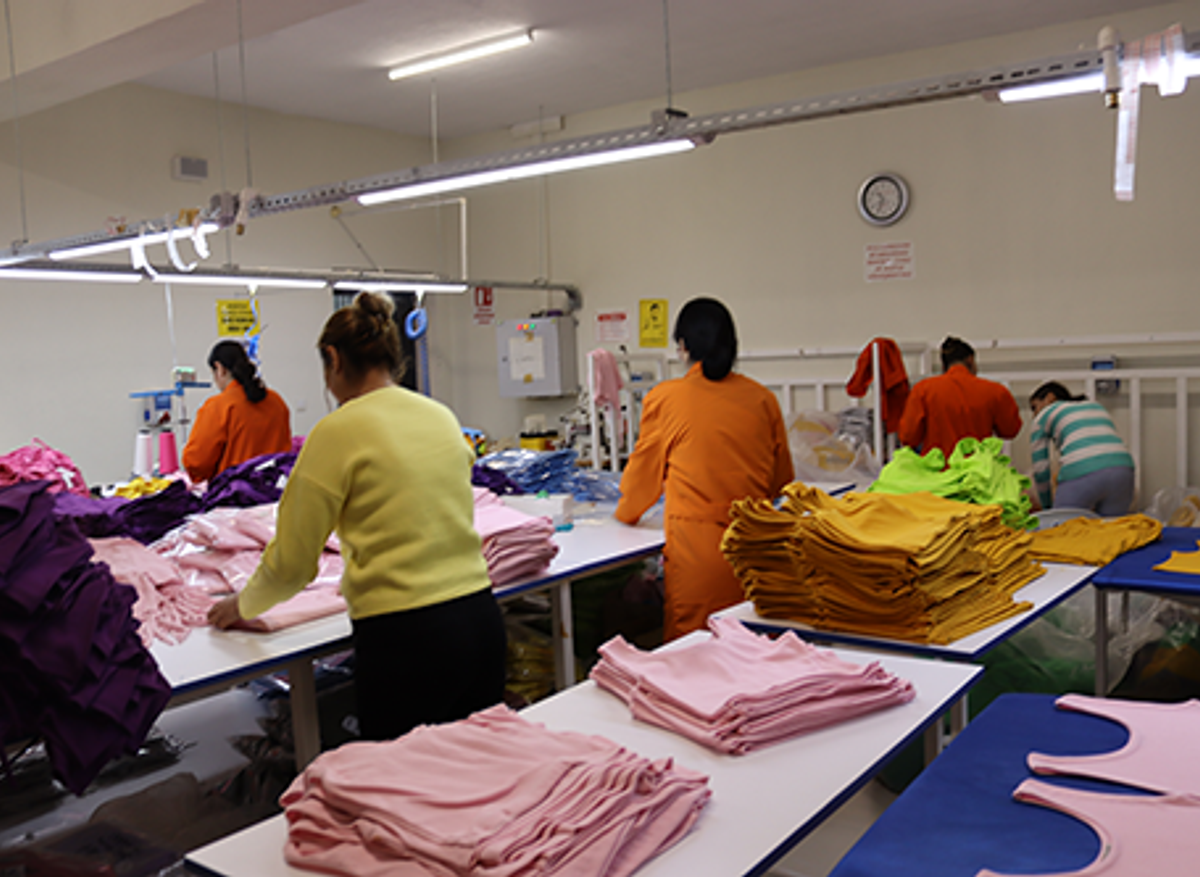
Marmara Women Prison
Ümraniye T Type Closed Prison and Istanbul Juvenile Reformatory House (Juvenile Open Type)
The bus will depart at 8:30 AM to visit Ümraniye T Type Closed Prison and Istanbul Juvenile Reformatory House, returning at 12:30 PM.
Ümraniye T Type Closed Prison became operational in 2010. It is located within the Ümraniye Prisons Campus in Istanbul province and is approximately 17 kilometres from the conference venue. The campus comprises 3 prisons: 1 T-type closed prison, 1 E-type closed prison and 1 juvenile reformatory house (open prison). Ümraniye T Type Closed Prison is a high security facility in terms of both technical infrastructure and physical structure. It is built on a total area of 25.000 m2. External security is ensured by gendarmerie personnel stationed in 9 watchtowers. A 2.60-metre-high cage and razor wire barrier separates the main building from the perimeter wall. The facility is monitored 24/7 from a central control room equipped with an extensive camera surveillance system covering both external and internal zones. Within the scope of the ACEP Project, 71 multimedia communication (MMC) devices have been installed. These enable inmates to make audio and video calls, carry out canteen shopping, complete online payments, and access various digital services.
It will also be possible to visit the Istanbul Juvenile Reformatory House during the programme. The reformatory house (open prison), located within the same campus, operates under a lighter regime for juveniles, which is generally applied in the final stage of sentence execution. The Istanbul Juvenile Reformatory House became operational in 2014. It is located within the Ümraniye Prisons Campus in Istanbul province and is approximately 17 kilometres from the conference venue. The institution comprises two main buildings – an administrative building and a visit admission building – with a total covered area of 14,584 m² and a general site area of 13,888 m². The facility accommodates only convicted juveniles aged 12 to 18. If they are enrolled in formal education, they may remain in the institution until the age of 21. The institution has a total of 144 single-occupancy rooms. Between 8am and 8pm, juveniles actively participate in workshops, educational and vocational training programmes, and social activities outside their rooms. Within the scope of the ACEP Project, 10 multimedia communication (MMC) devices have been installed. These enable inmates to make audio and video calls, carry out canteen shopping, complete online payments, and access various digital services.
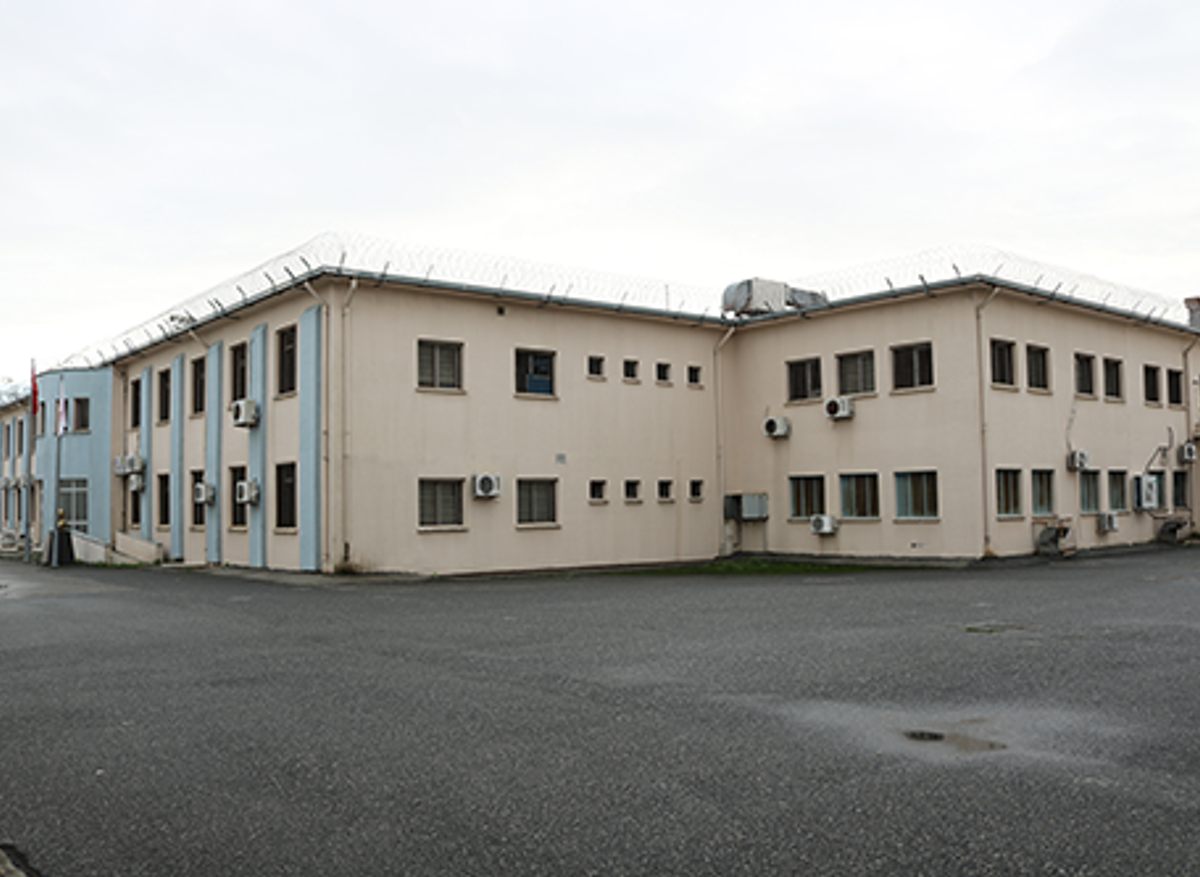
Ümraniye T Type Closed Prison

Ümraniye T Type Closed Prison
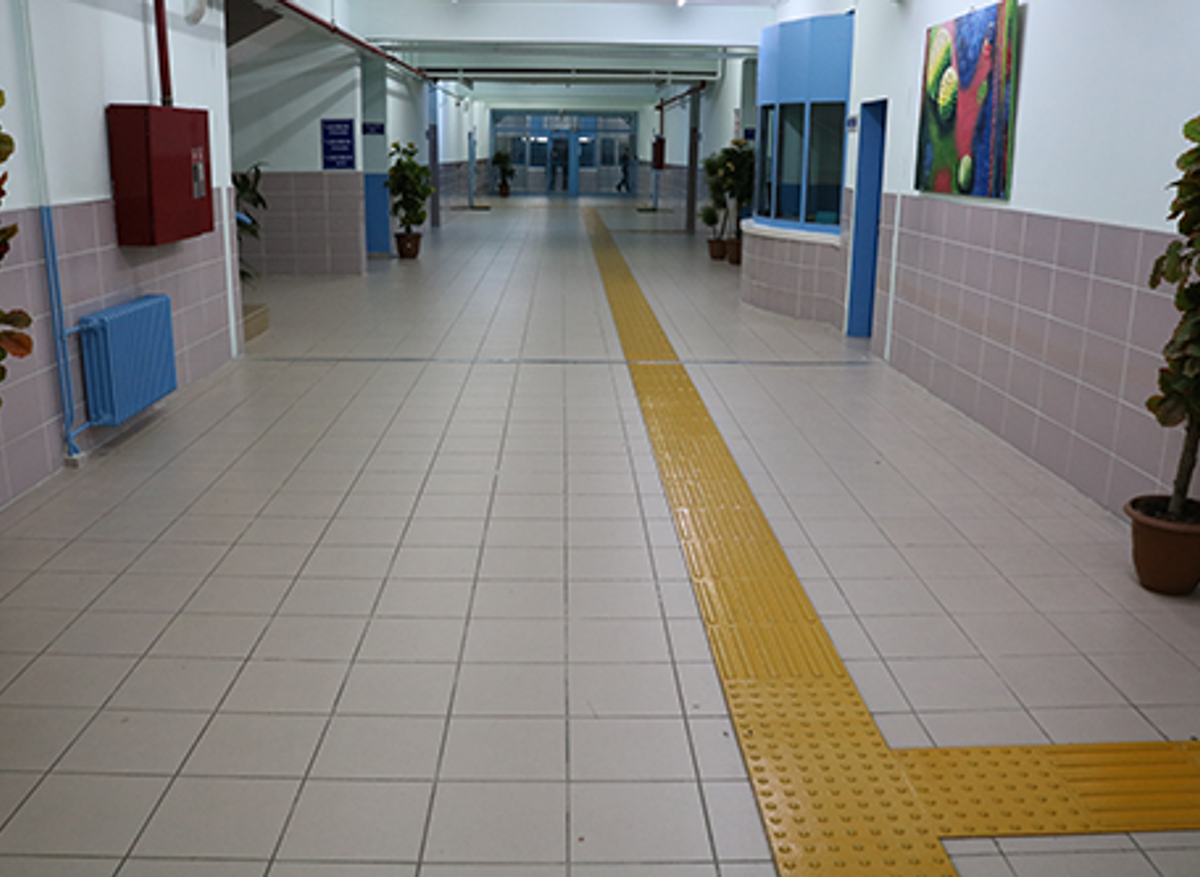
Ümraniye T Type Closed Prison
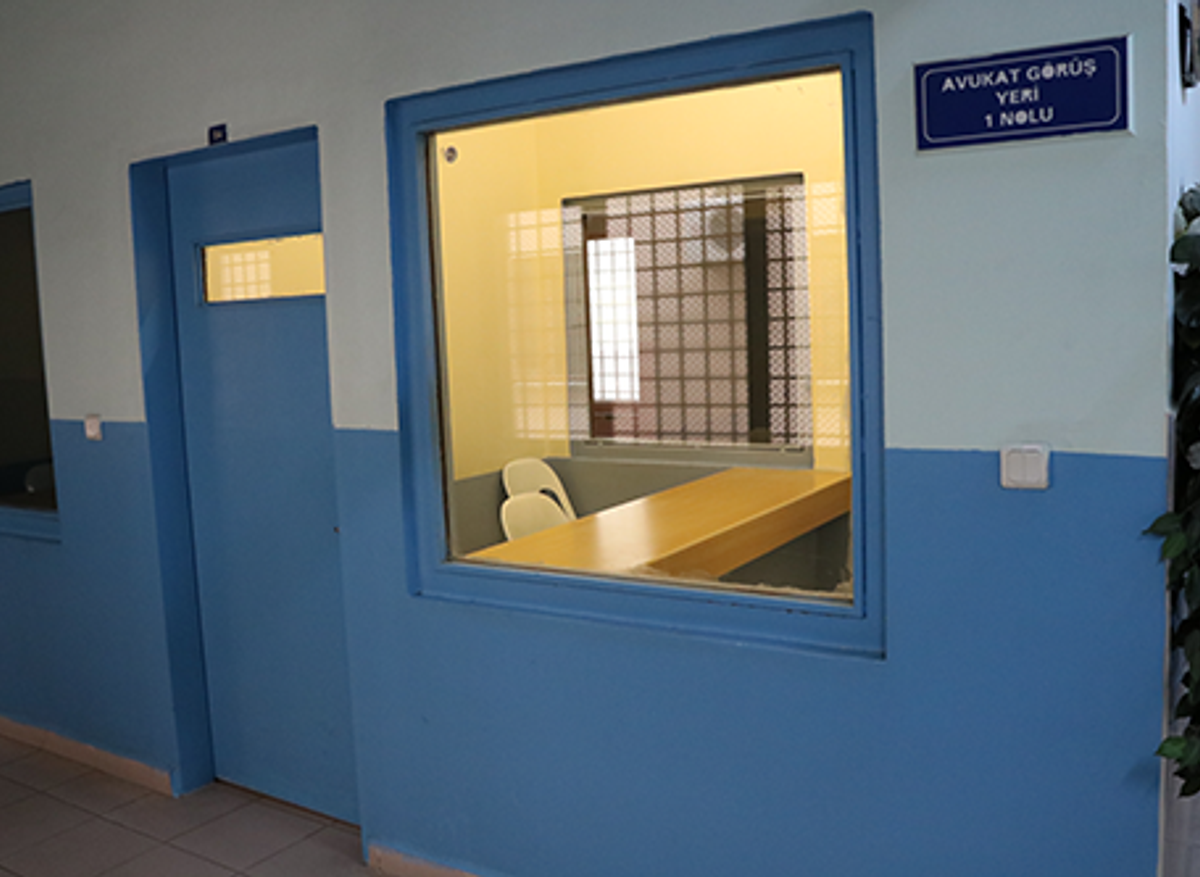
Ümraniye T Type Closed Prison
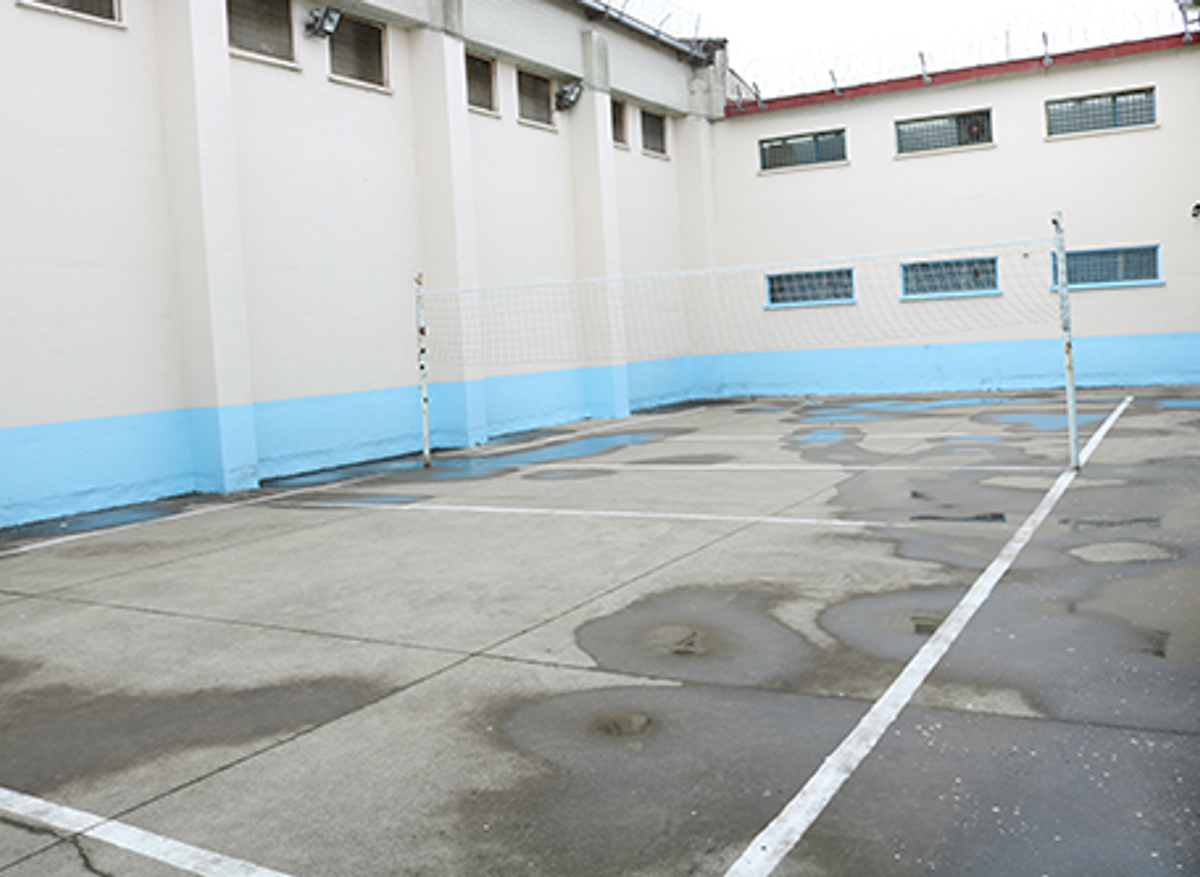
Ümraniye T Type Closed Prison

Ümraniye T Type Closed Prison
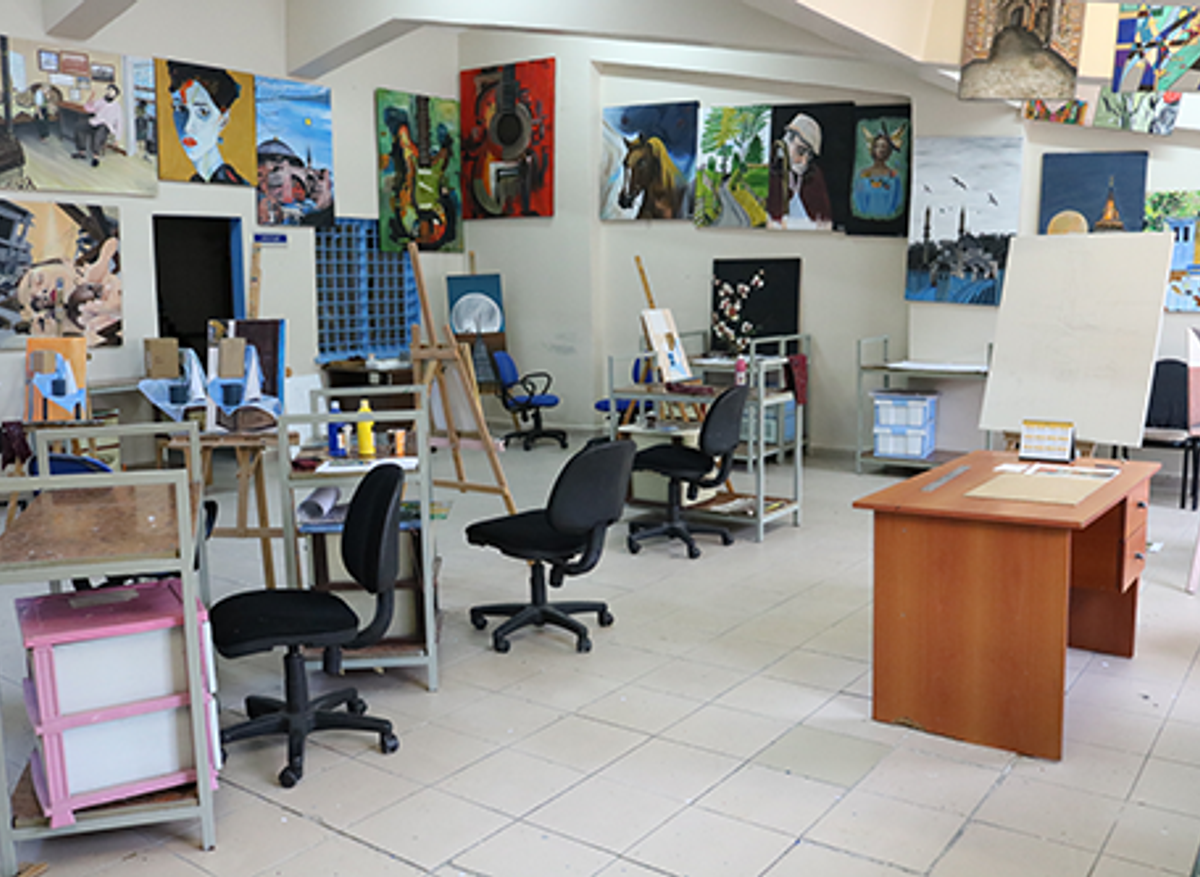
Ümraniye T Type Closed Prison
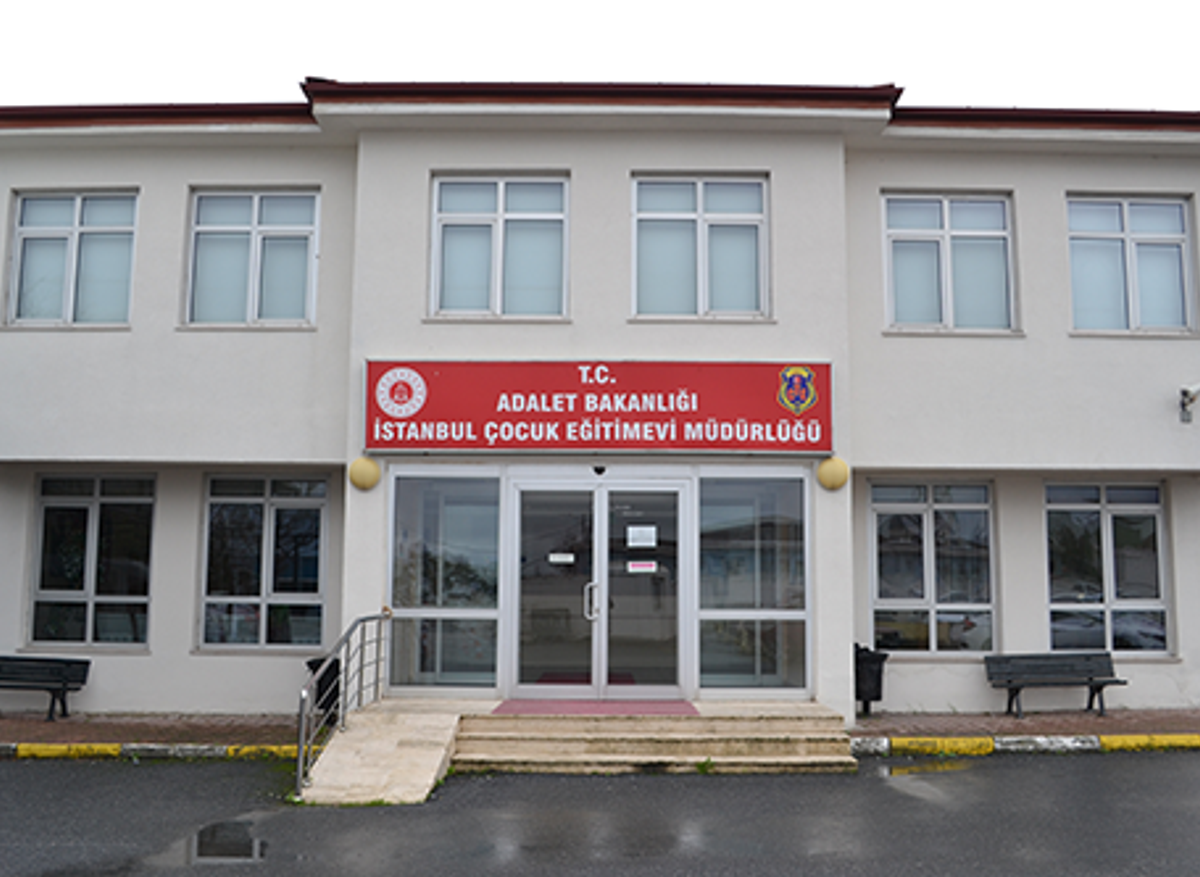
İstanbul Juvenile Reformatory House
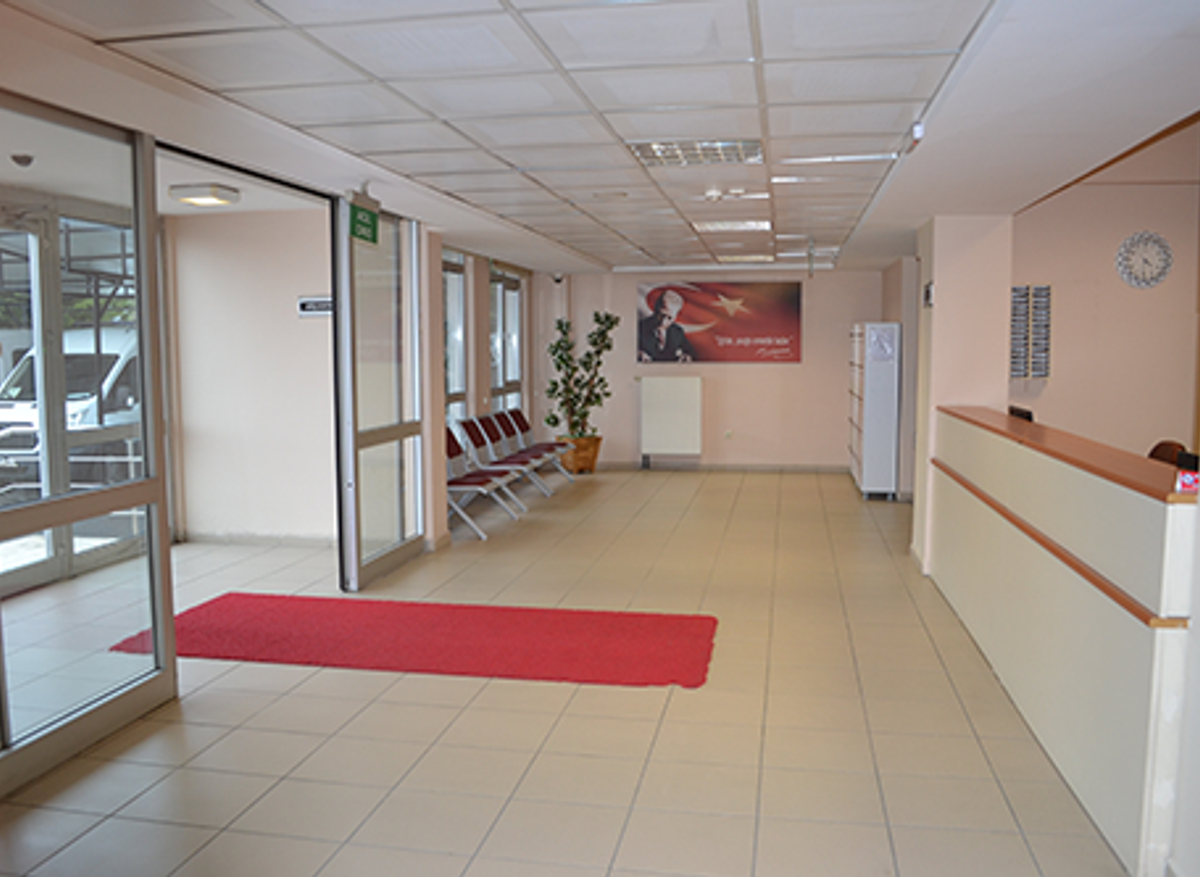
İstanbul Juvenile Reformatory House
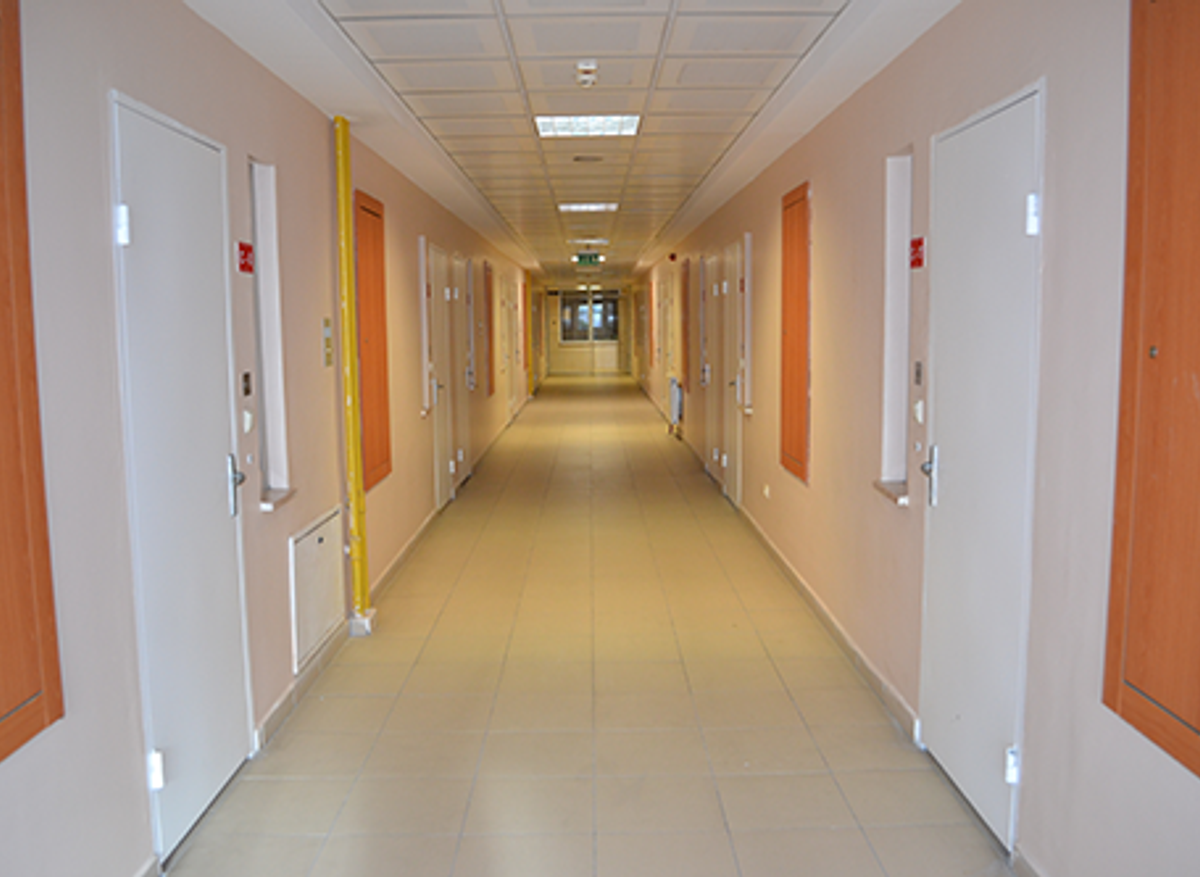
İstanbul Juvenile Reformatory House

İstanbul Juvenile Reformatory House

İstanbul Juvenile Reformatory House
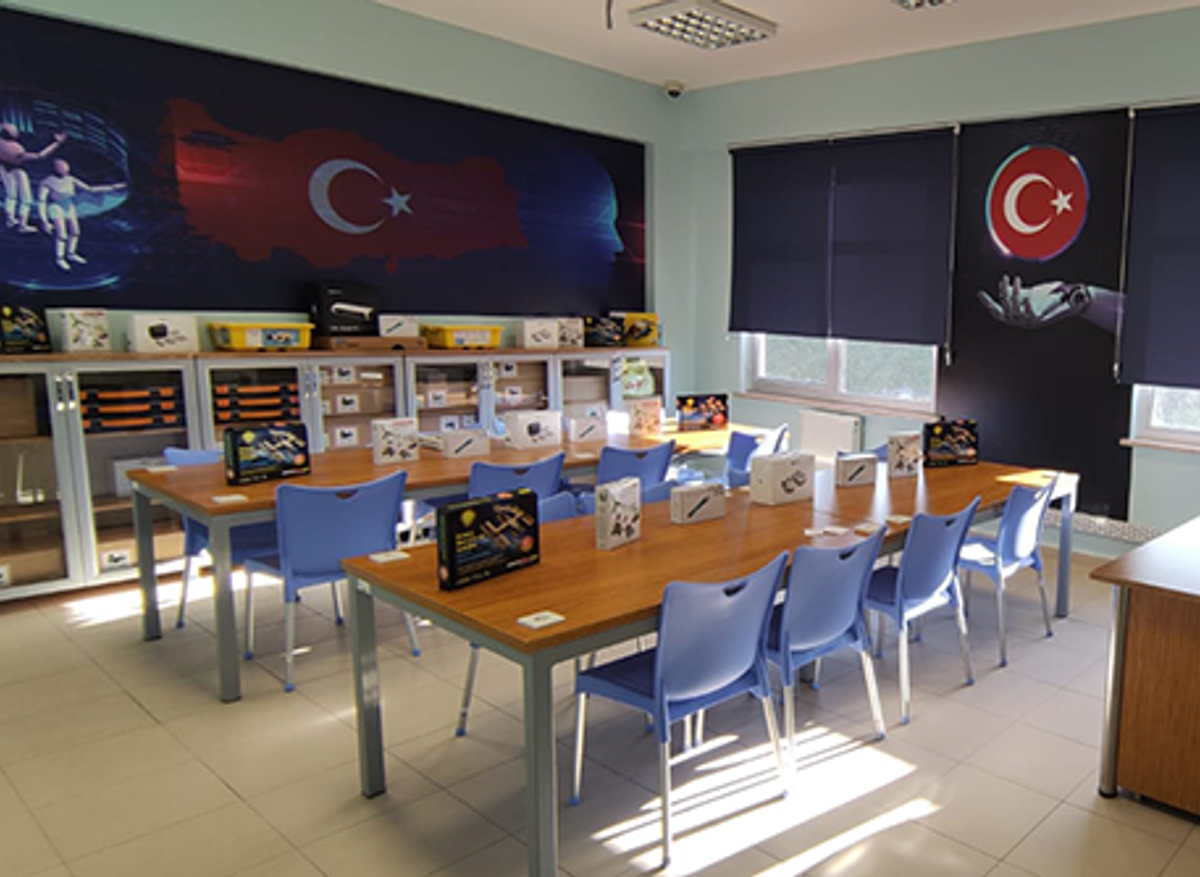
İstanbul Juvenile Reformatory House

İstanbul Juvenile Reformatory House
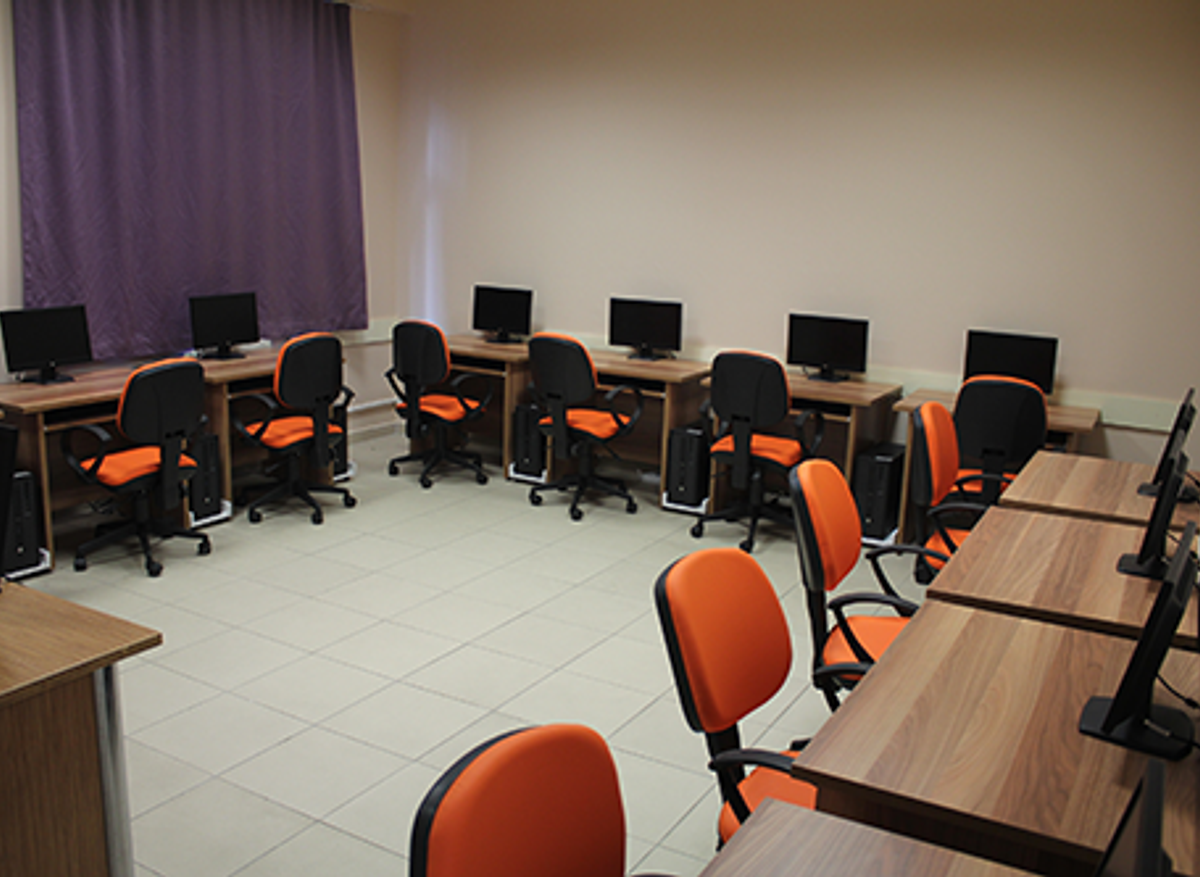
İstanbul Juvenile Reformatory House
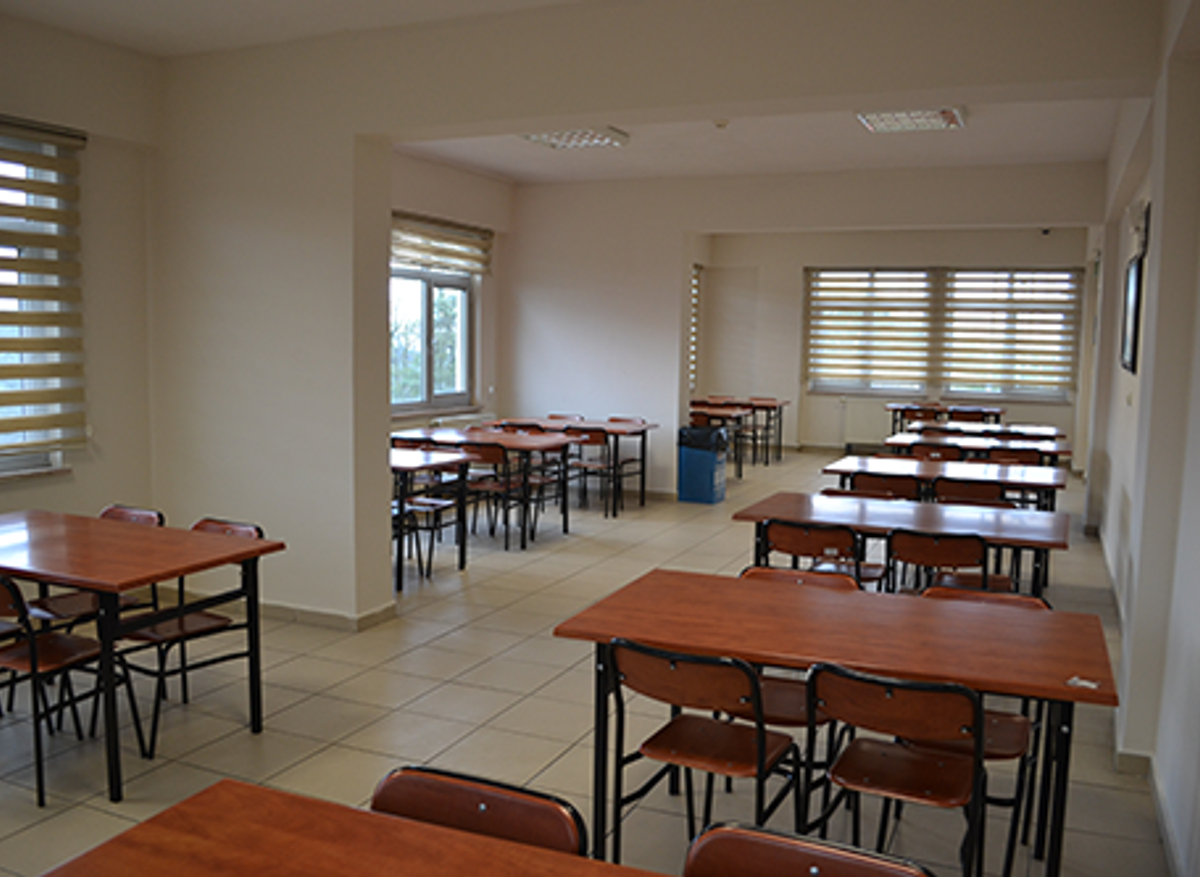
İstanbul Juvenile Reformatory House
Kocaeli F Type High Security Closed Prison and Kocaeli Open Prison
The bus will depart at 8:00 AM to visit Kocaeli F Type High Security Prison and Kocaeli Open Type Prison, returning at 14:20 PM.
Kocaeli F Type High Security Closed Prison became operational in 2003. It is located within the Kocaeli Prisons Campus in Kocaeli province and is approximately 130 kilometres from the conference venue. The campus comprises 5 prisons: 2 T-type closed prisons, 2 F-type high security prisons, and 1 open prison. The facility is constructed on a total area of 50.000 m², comprising 14,280 m² of open space and 35,720 m² of closed area. It accommodates a total capacity of 368 inmates, distributed across 103 three-person rooms and 61 single-occupancy rooms. Each three-person room covers a total area of 50 m², divided equally between two floors of 25 m² each, with an additional 50 m² of open-air space. Single-occupancy rooms measure 10 m² each, with clusters of two or three rooms sharing a common open-air area, which varies between 42 and 50 m². It will also be possible to visit the Kocaeli Open Prison during the programme. The open prison, located within the same campus, operates under a lighter regime, which is generally applied in the final stage of sentence execution.
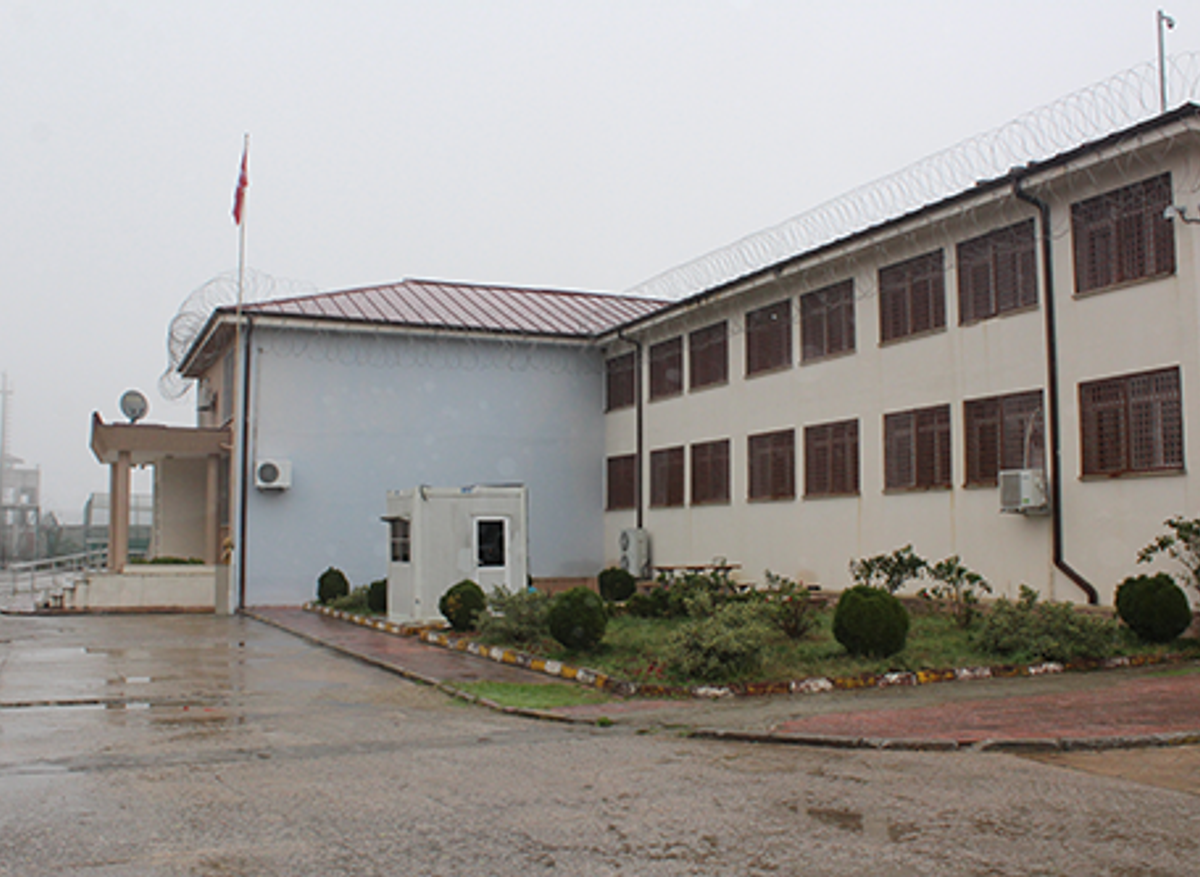
Kocaeli F Type High Security Closed Prison and Kocaeli Open Prison

Kocaeli F Type High Security Closed Prison and Kocaeli Open Prison
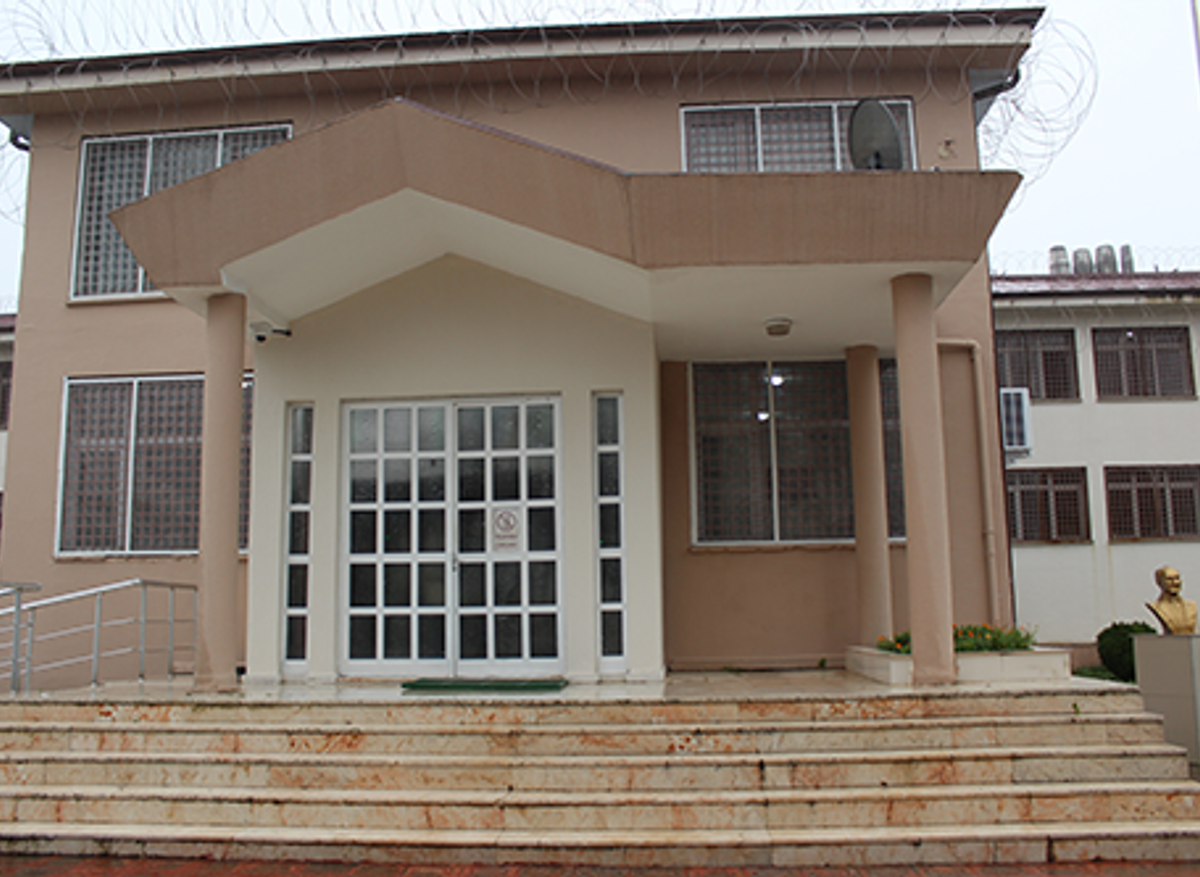
Kocaeli F Type High Security Closed Prison and Kocaeli Open Prison
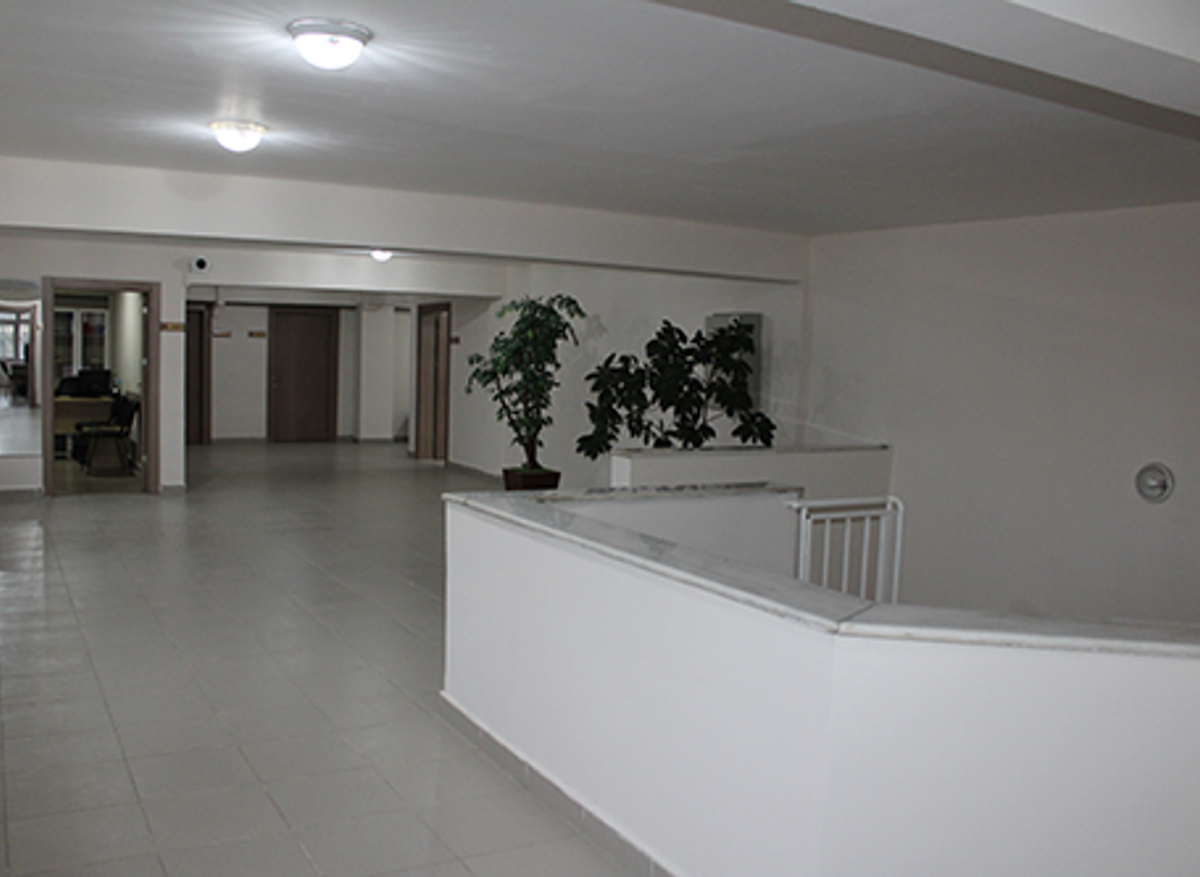
Kocaeli F Type High Security Closed Prison and Kocaeli Open Prison
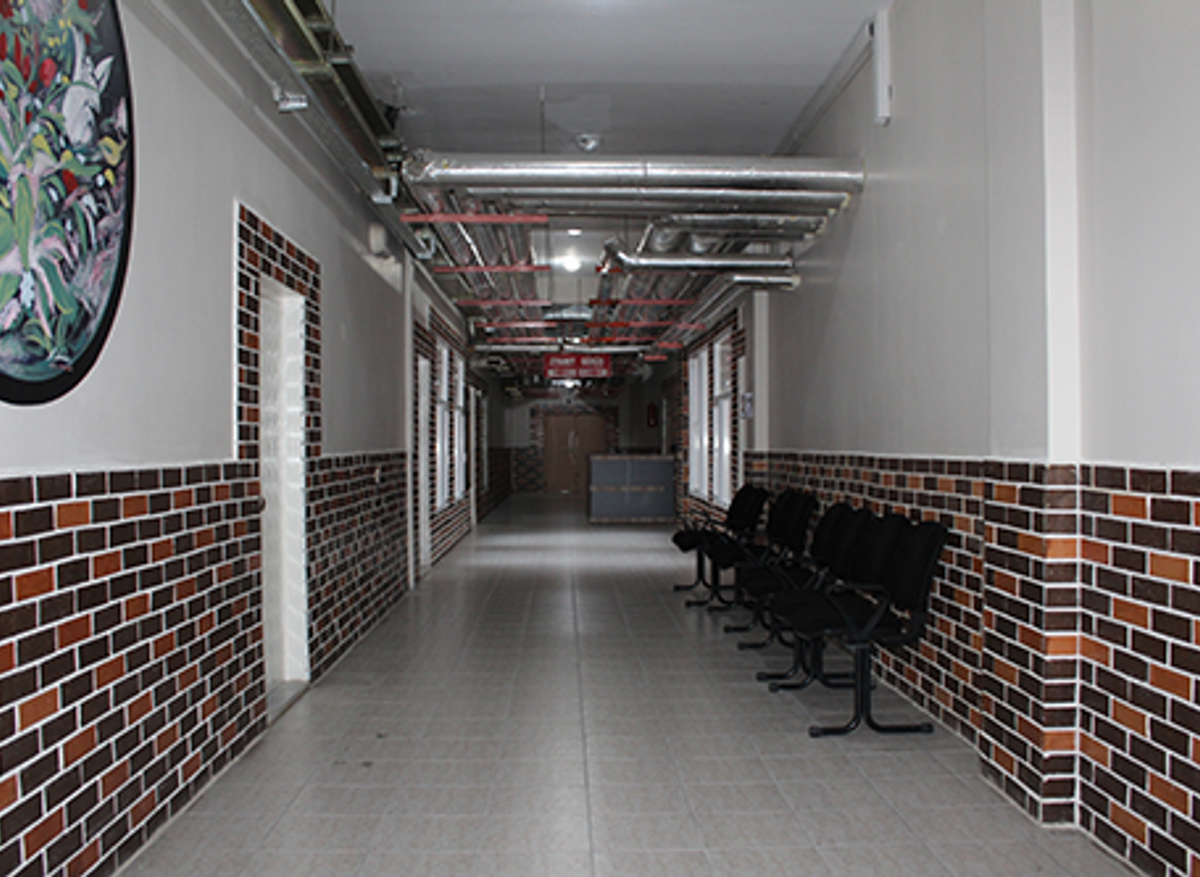
Kocaeli F Type High Security Closed Prison and Kocaeli Open Prison

Kocaeli F Type High Security Closed Prison and Kocaeli Open Prison
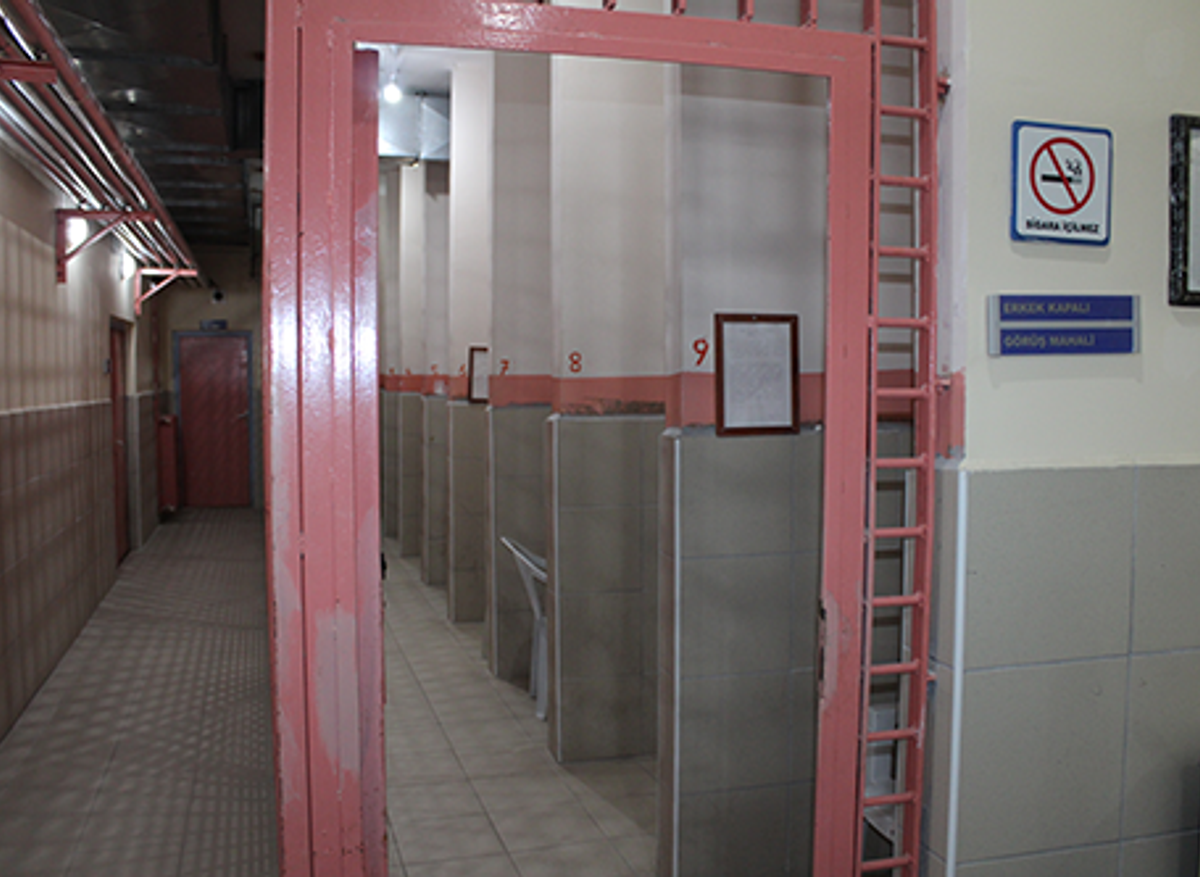
Kocaeli F Type High Security Closed Prison and Kocaeli Open Prison
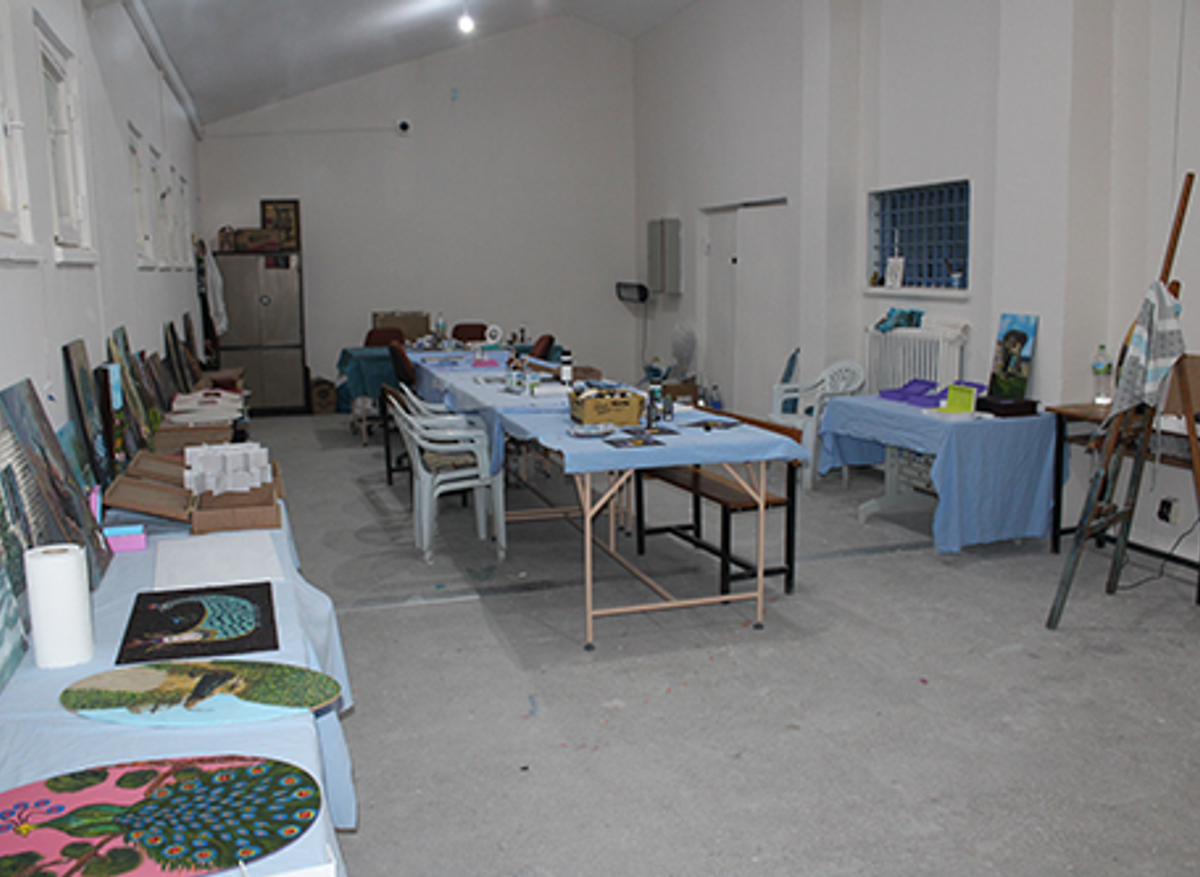
Kocaeli F Type High Security Closed Prison and Kocaeli Open Prison

Kocaeli F Type High Security Closed Prison and Kocaeli Open Prison
Maltepe Juvenile Closed Prison and Maltepe Open Prison
The bus will depart at 8:30 AM to visit Maltepe Juvenile Closed Prison and Maltepe Open Type Prison, returning at 12:30 PM.
Maltepe Juvenile Closed Prison became operational in 2008. It is located within the Maltepe Prisons Campus in Istanbul province and is approximately 25 kilometres from the conference venue. The campus comprises 5 prisons: 3 L-type closed prisons, 1 juvenile closed prison and 1 open prison. Maltepe Juvenile Closed Prison was designed based on a single-occupancy room system and built on a total area of 38.000 m2. It consists of 3 blocks each containing 12 units, with each unit comprising 9 single-occupancy rooms.
The institution is equipped with various facilities, including 1 indoor sports hall, 1 outdoor football field with a soil surface, and one artificial turf field. In addition, the institution also hosts 2 workshops comprising 8 ateliers used for the education and rehabilitation of juveniles. To support ongoing educational activities, the prison offers 4 classrooms, 2 computer rooms, a library, and a multipurpose hall that serves as a cinema and is also used for meetings, seminars and similar group activities.There are 2 open visitation areas, 3 closed visitation rooms with a capacity of 7 persons each, 9 lawyer consultation rooms, 3 SEGBİS rooms and 3 family visitation rooms. Within the scope of the ACEP Project, 36 multimedia communication (MMC) devices have been installed. These enable inmates to make audio and video calls, carry out canteen shopping, complete online payments, and access various digital services. It will also be possible to visit the Maltepe Open Prison during the programme. The open prison, located within the same campus, operates under a lighter regime, which is generally applied in the final stage of sentence execution.
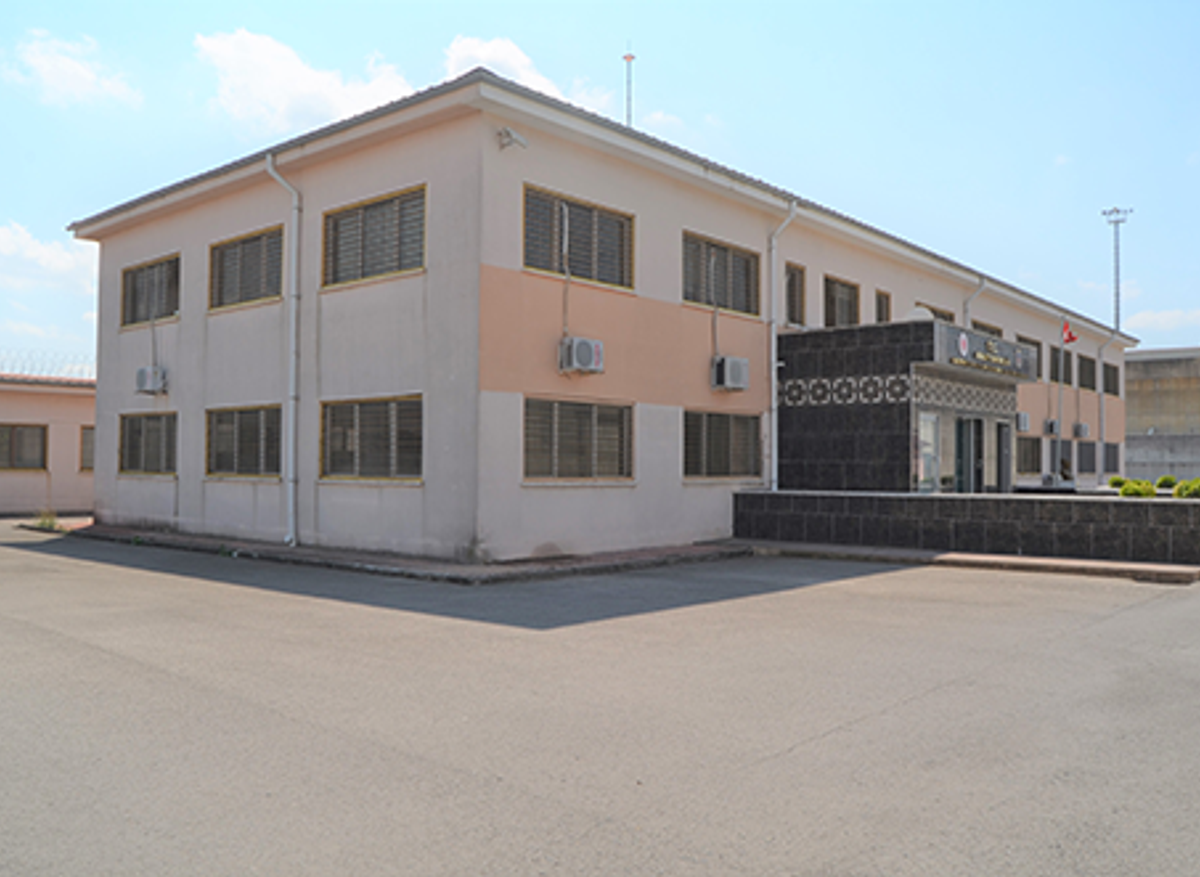
Maltepe Juvenile Closed Prison and Maltepe Open Prison
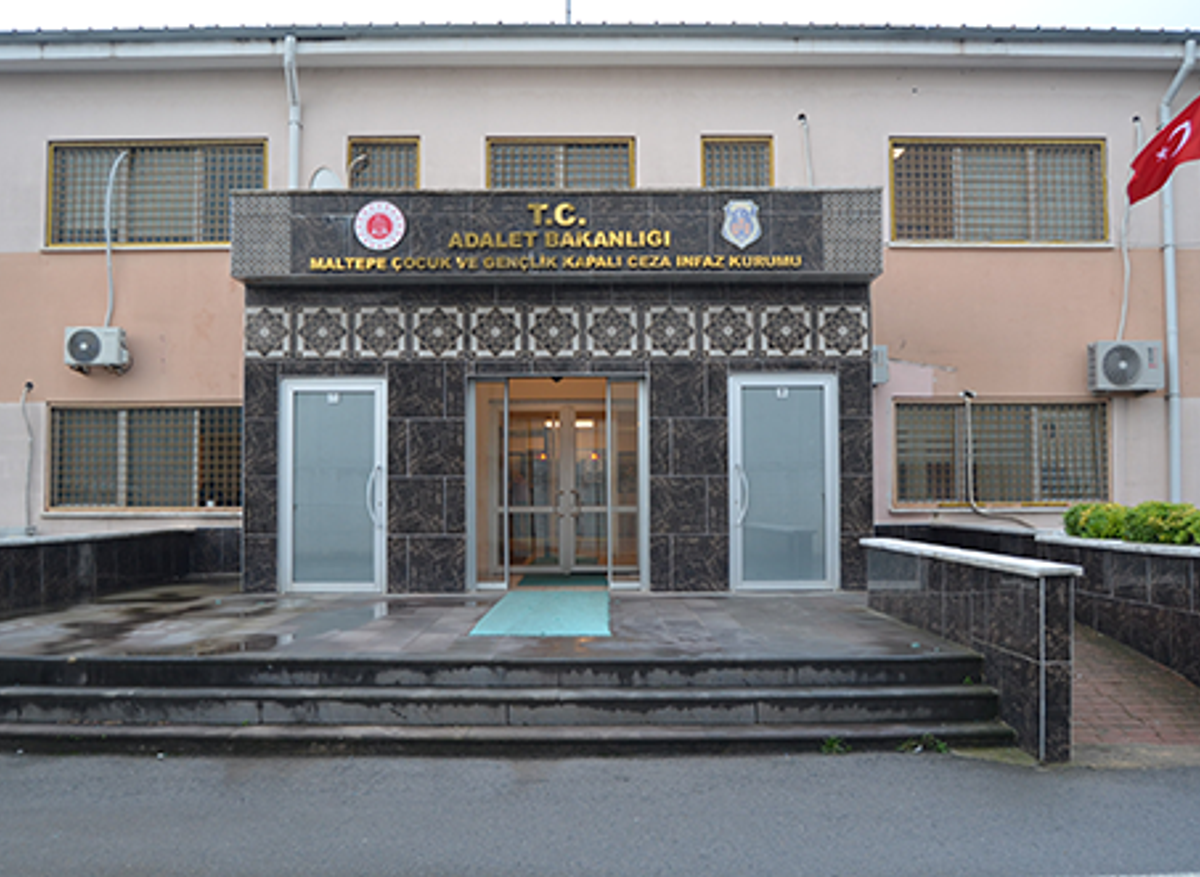
Maltepe Juvenile Closed Prison and Maltepe Open Prison
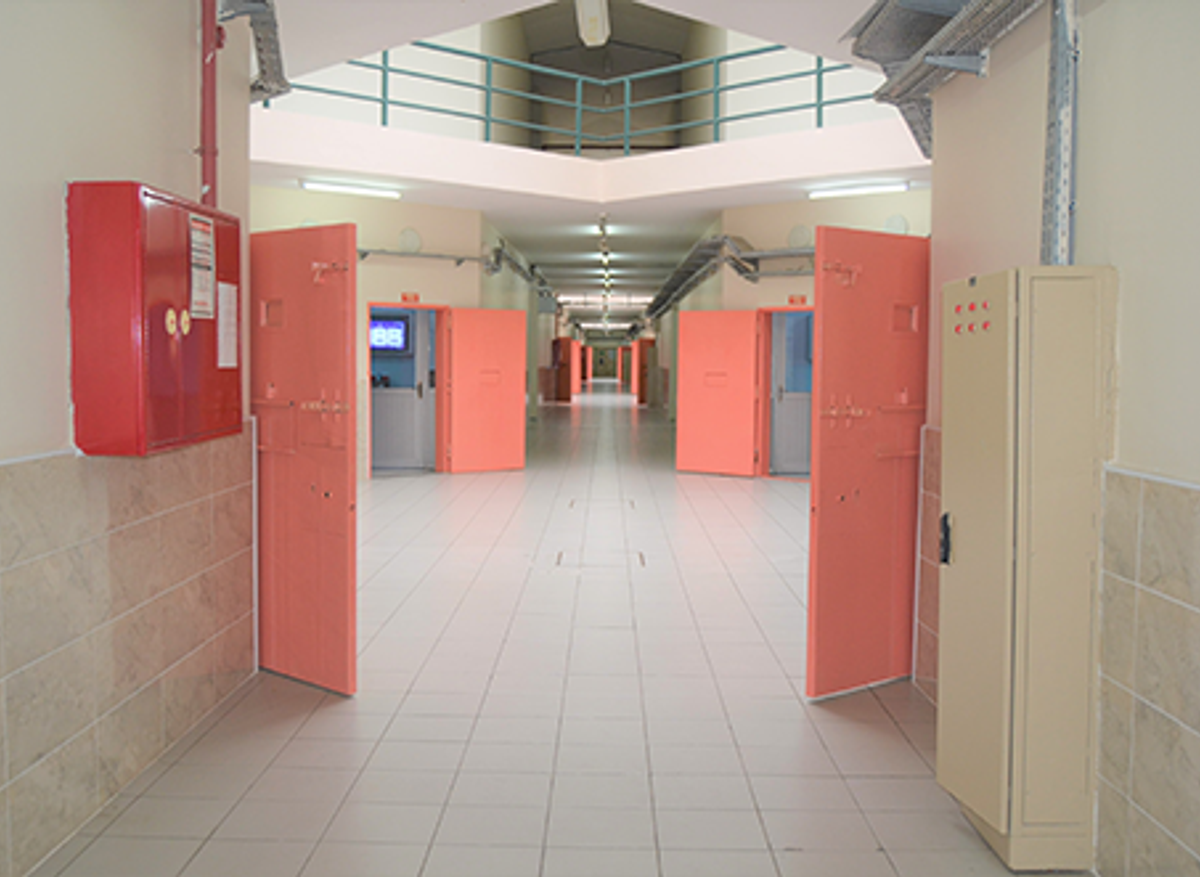
Maltepe Juvenile Closed Prison and Maltepe Open Prison

Maltepe Juvenile Closed Prison and Maltepe Open Prison
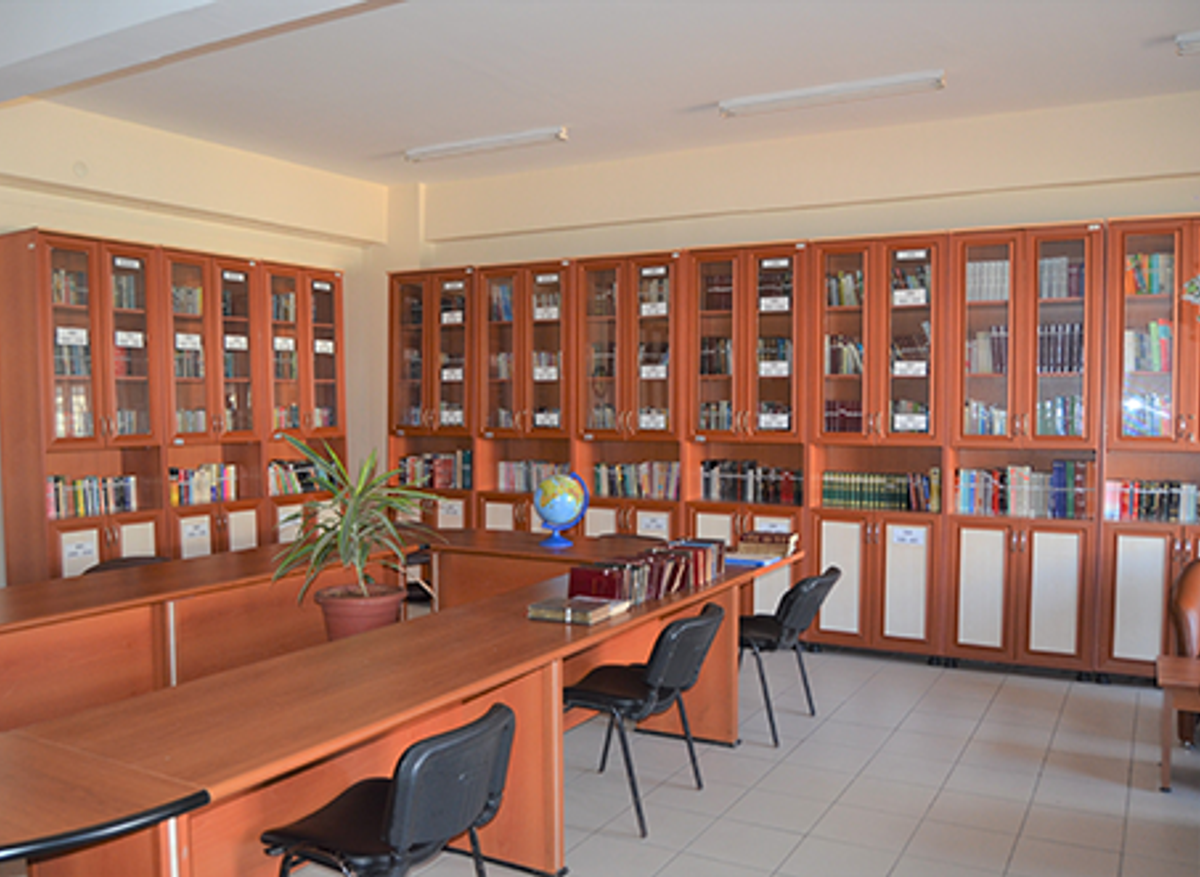
Maltepe Juvenile Closed Prison and Maltepe Open Prison
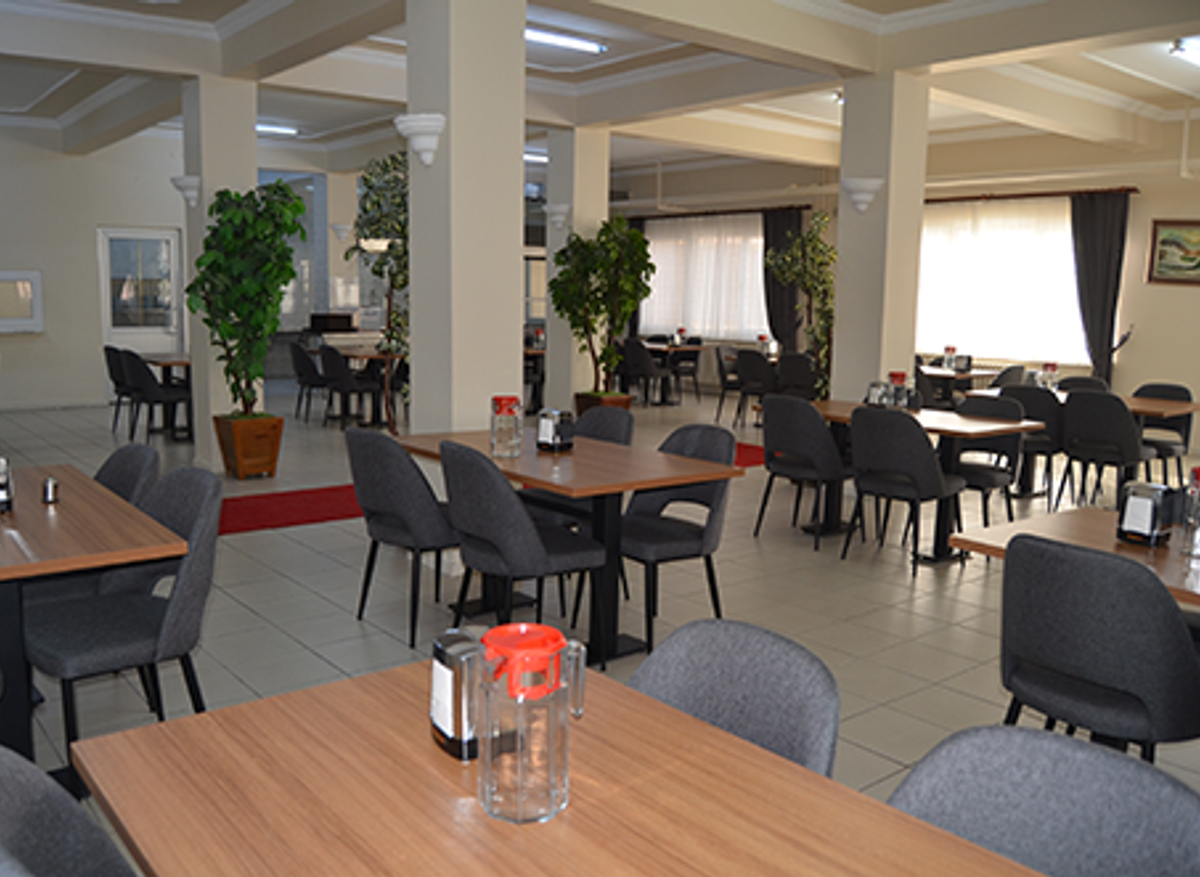
Maltepe Juvenile Closed Prison and Maltepe Open Prison

Maltepe Juvenile Closed Prison and Maltepe Open Prison
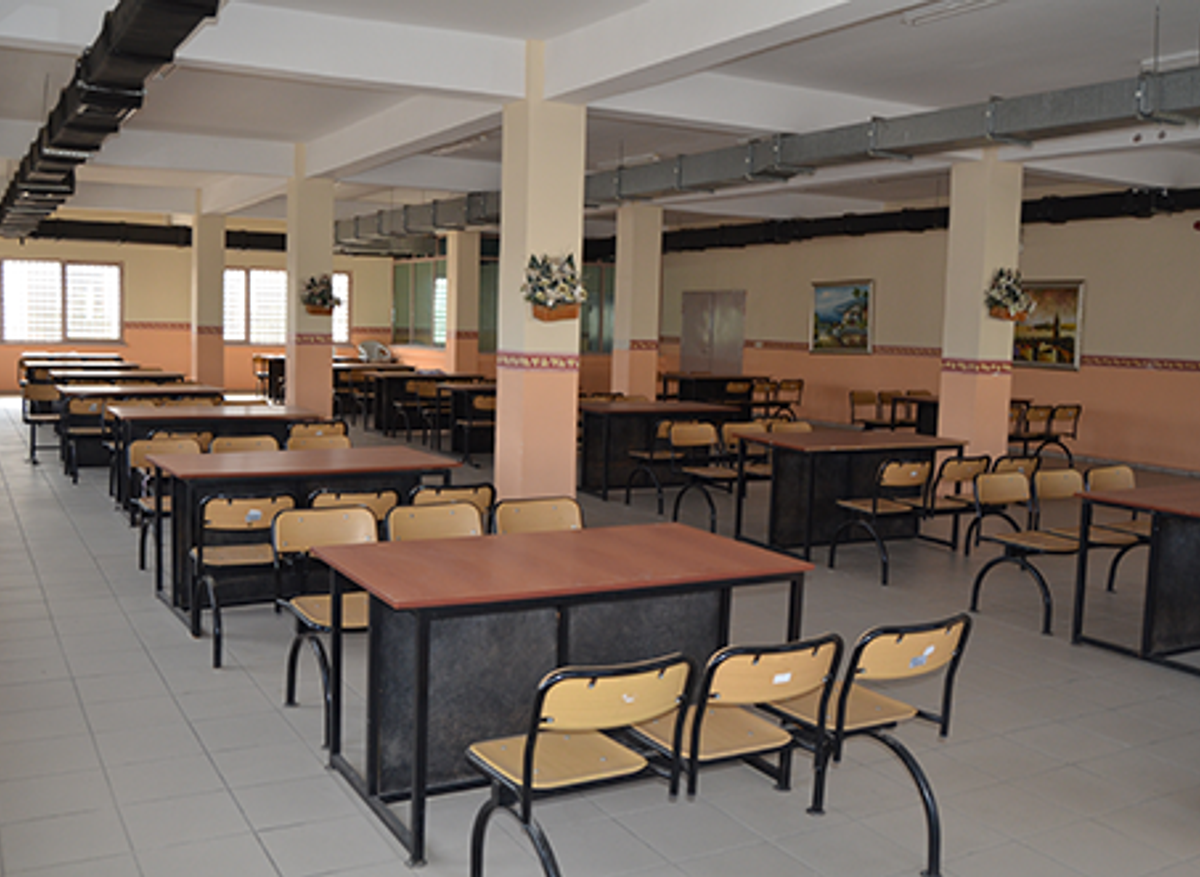
Maltepe Juvenile Closed Prison and Maltepe Open Prison
Karatepe Juvenile Closed Prison and Karatepe Open Prison
The bus will depart at 8:00 AM to visit Karatepe Juvenile Closed Prison and Karatepe Open Prison, returning at 14:30 PM.
Karatepe Juvenile Closed Prison became operational in 2023. It is located within the Karatepe Prisons Campus in Tekirdağ province and is approximately 140 kilometres from the conference venue. The campus comprises 5 prisons: 2 Y-type closed prisons, 1 high security prison, 1 juvenile closed prison and 1 open prison. Karatepe Juvenile Closed Prison was designed based on a single-occupancy room system and built on a total area of 21.000 m2. It consists of 3 blocks each containing 12 units, with each unit comprising 8 single-occupancy rooms. The institution is equipped with various facilities, including 1 indoor sports hall, 4 outdoor soil-based fields, and 8 ateliers that support the education, rehabilitation and social reintegration of juveniles. In addition, there are 11 classrooms, a library, and a multipurpose hall that serves as a cinema and is also used for meetings, seminars and similar group activities.
There are 4 open visitation areas, 2 closed visitation rooms with a capacity of 9 persons each, 8 lawyer consultation rooms, 2 SEGBİS rooms and 2 family visitation rooms. Within the scope of the ACEP Project, 36 multimedia communication (MMC) devices have been installed. These enable inmates to make audio and video calls, carry out canteen shopping, complete online payments, and access various digital services. It will also be possible to visit the Karatepe Open Prison during the programme. The open prison, located within the same campus, operates under a lighter regime, which is generally applied in the final stage of sentence execution.
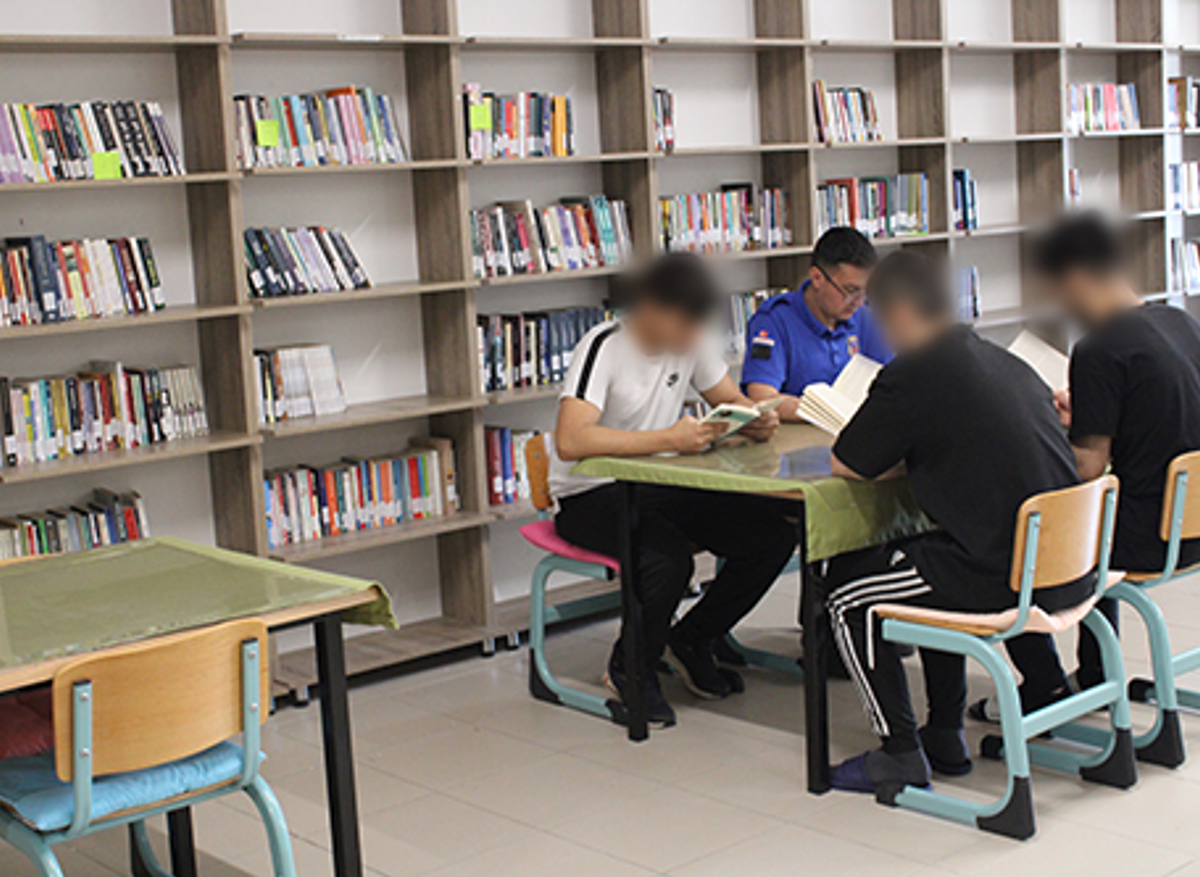
Karatepe Juvenile Closed Prison and Karatepe Open Prison

Karatepe Juvenile Closed Prison and Karatepe Open Prison

Karatepe Juvenile Closed Prison and Karatepe Open Prison

Karatepe Juvenile Closed Prison and Karatepe Open Prison

Karatepe Juvenile Closed Prison and Karatepe Open Prison

Karatepe Juvenile Closed Prison and Karatepe Open Prison
